STORY STRUCTURE OF MR BIG
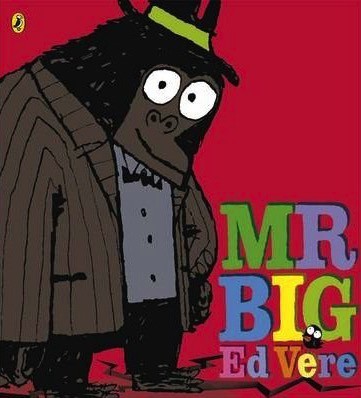
Mr Big is a tale told by a storyteller narrator, who we meet on the very first page and then soon forget. Almost all picture books have third person narrators but most often we don’t consider who that might be, so there must be a good reason for introducing Mr Big’s friend. The good reason is that the friend is very small, taking up about an eighth of the title page. Then, when we meet Mr Big on the following page, he seems adequately and ridiculously large.
The ideology of the story exists as back cover copy: A true friend comes in any shape or size!
SHORTCOMING OF MR BIG
“Now, Mr Big had a small problem,” we are told. “Compared to everyone else he was extremely… (page turn) big!”
The rule of threes is utilised as the first ‘act’ of the picture book takes us through various situations in which Mr Big is lonely. He is so big he scares everyone away from
- The park
- The cafe
- The bus
His psychological shortcoming is clearly explained: “No one stuck around to find out who he really was. So inside, Mr Big felt very, very small.”
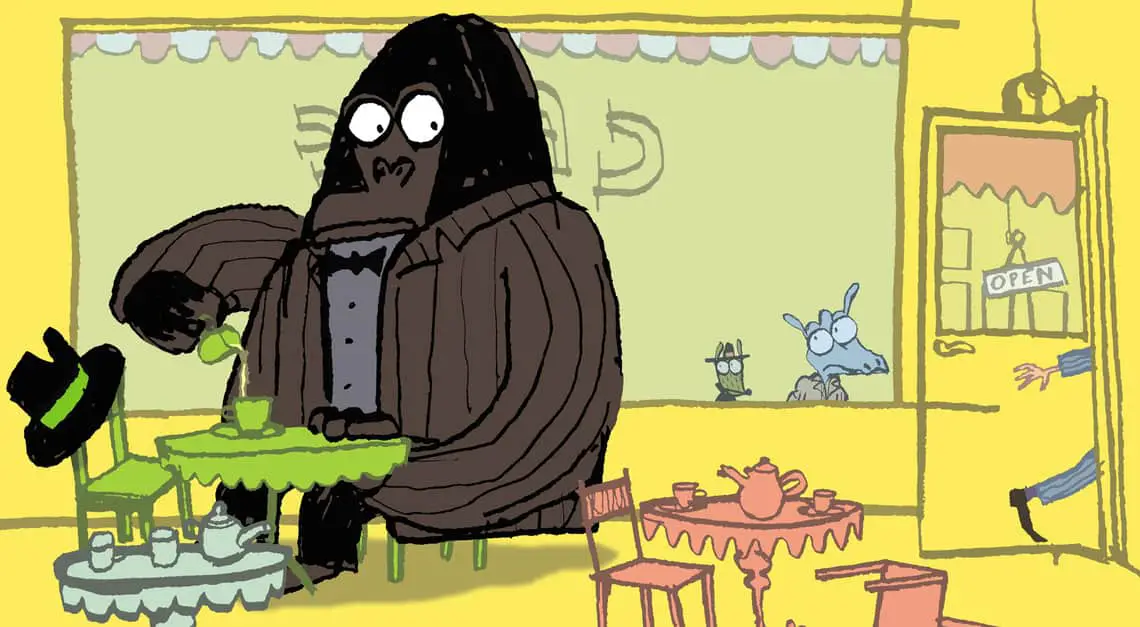
DESIRE
As in many picture books, our main character’s shortcoming has been clearly stated in words. In this format there’s no time to show it, hoping the reader will work it out for themselves.
The desire, on the other hand, is left up to the reader’s deduction.
Mr Big is lonely; therefore he wants __________. Any child can probably work that out.
This has me asking a question I haven’t had until now, even after all this time of breaking down the structure of picture books: Do successful picturebooks spoon feed EITHER shortcoming/need/problem OR desire, but not both? This is something I’ll have to take a closer look into.
OPPONENT
Mr Big’s opponent is his own body — a variation on ‘he’s his own worst enemy’. But for a story that’s never quite enough — the opposition has to be personified (anthropomorphised in this story, ‘peopled’ with animals). The opponents are all the smaller creatures who refuse to stick around to get to know who he really is.
PLAN
Mr Big gives up on friendship with ‘people’ and instead seeks solace in the company of a piano who looks all alone in a shop window. He feels a connection to it, takes it home and sits down to play, to assuage his own loneliness.
BIG STRUGGLE
Instead of everyone gathering for an epic big struggle, everyone gathers in the square to listen to the beautiful music coming from Mr Big’s window, sort of reminiscent of Rapunzel. Remember how the prince hears Rapunzel singing as he rides by and makes it his mission to discover who it is? I’m also reminded of the 1999 film Gloomy Sunday in which a piano player has the ability to enchant the people around him, changing their lives.
The ‘big struggle’ sequence in this kind of story is perhaps better called the ‘Culmination’. The piano playing ends with him getting invited into a local jazz band.
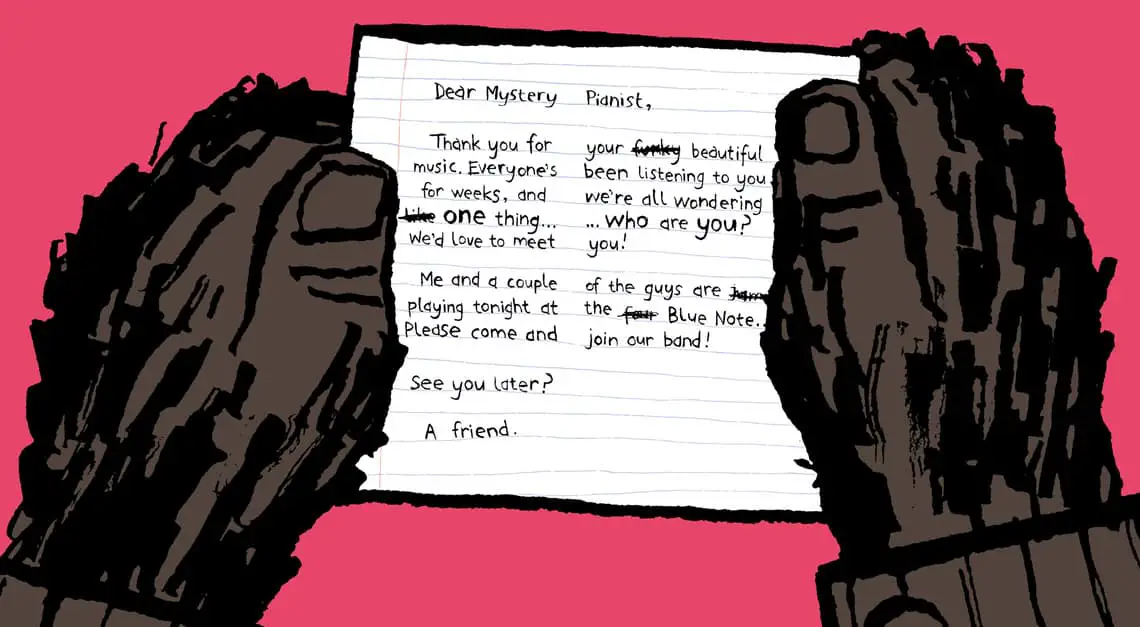
The ultimate success of a piano player is to be seen on the stage, and so we see him playing to a crowd, who now think he’s marvellous.
ANAGNORISIS
But the stage scene is also the anagnorisis.
At last everyone could see the real Mr Big!
Just like a film such as Le Week-end, anagnorises/end-of-big struggles often occur in front of an audience. This is a staple from traditional mythic structure. The 3000-year-old version of ‘Photo or it didn’t happen.’
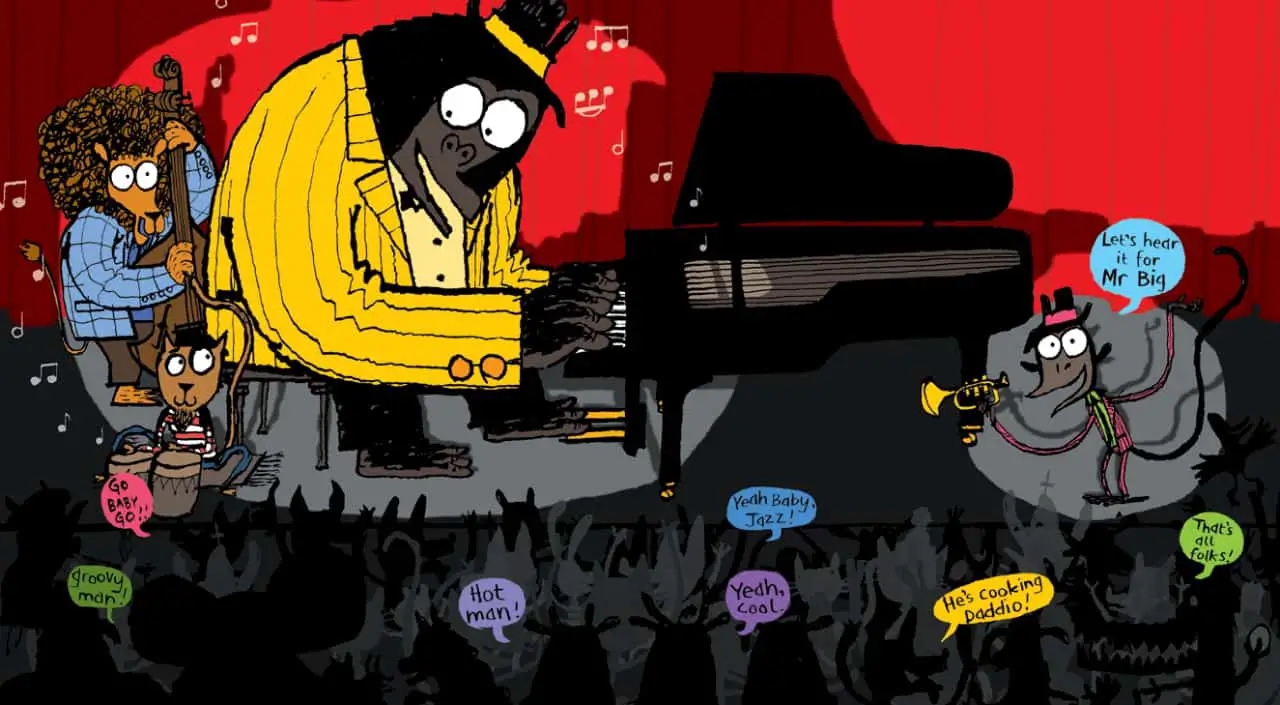
NEW SITUATION
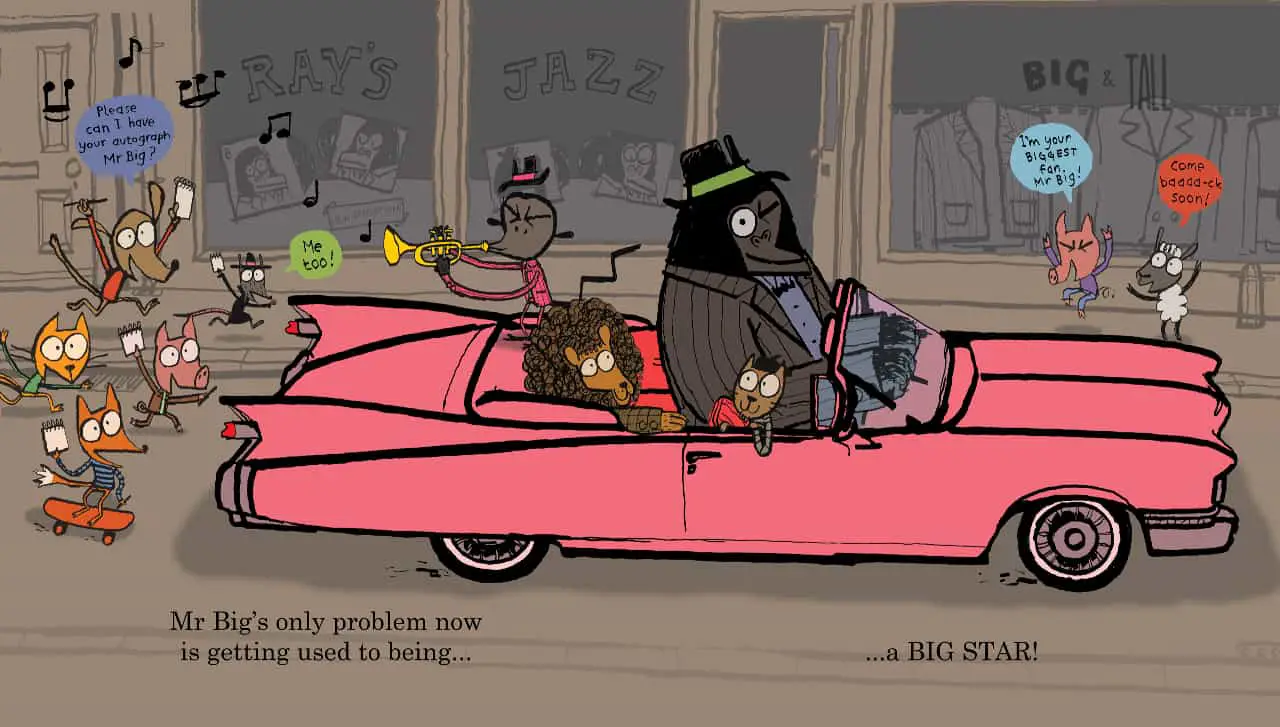
Wisely, the author replaces the problem of loneliness with the problem of celebrity:
Mr Big has a new problem. He doesn’t get much time to be alone… and that’s just the way he likes it!
